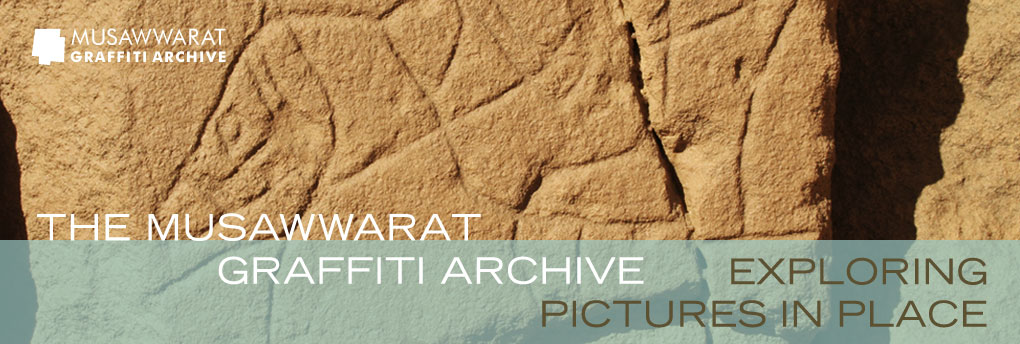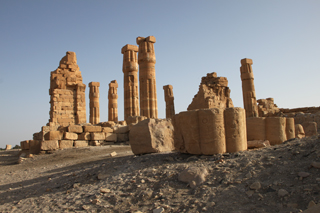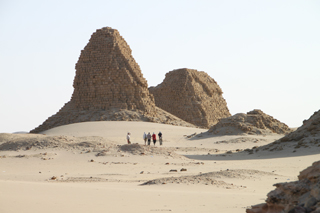Archaeology of Sudan
In contrast to those of its northern neighbour Egypt, the archaeological sites of Sudan are still far less well known to the wider public. Apart from the enigmatic building complex of Musawwarat, this is also true for the pyramid fields of Meroe, the temples of Naga, Gebel Barkal and Soleb, the massive mudbrick structures of Kerma, or the churches and early mosques of Old Dongola. These and other monuments testify to the complex history of the Middle Nile region, which involved Egyptian rule and cultural influence, as well as the emergence and decline of local powers, such as the kingdoms of Kerma (c.2500-1450BC), Napata (c. 900-300BC) and Meroe (c. 300BC-AD350). During the 8th and 7th centuries BC the Kushites – the ‘black pharaohs’ of the 25th Dynasty – even ruled over Egypt. The long history of the Middle Nile Valley is also reflected in the later remains of the Christian kingdoms of medieval Nubia, which spanned an entire millennium, as well as in the rich Islamic heritage of the past 500 years.
Investigations into the long history of the Middle Nile valley and the adjoining desert areas, undertaken by many national and international archaeological teams from the first half of the 19th century onwards, have significantly shaped our knowledge of Sudan’s past. Presently, a vibrant multi-national research community is addressing challenges regarding the preservation and study of Sudan’s material heritage, such as rapid infrastructural development that is endangering large numbers of archaeological sites.
A selection of thematically grouped links will allow you to explore ongoing and past research projects dedicated to the study of the Middle Nile, read publications that are available online, access collections and archives holding objects and documents relating to the region’s past, and learn about organisations and societies dedicated to ancient Sudan.






